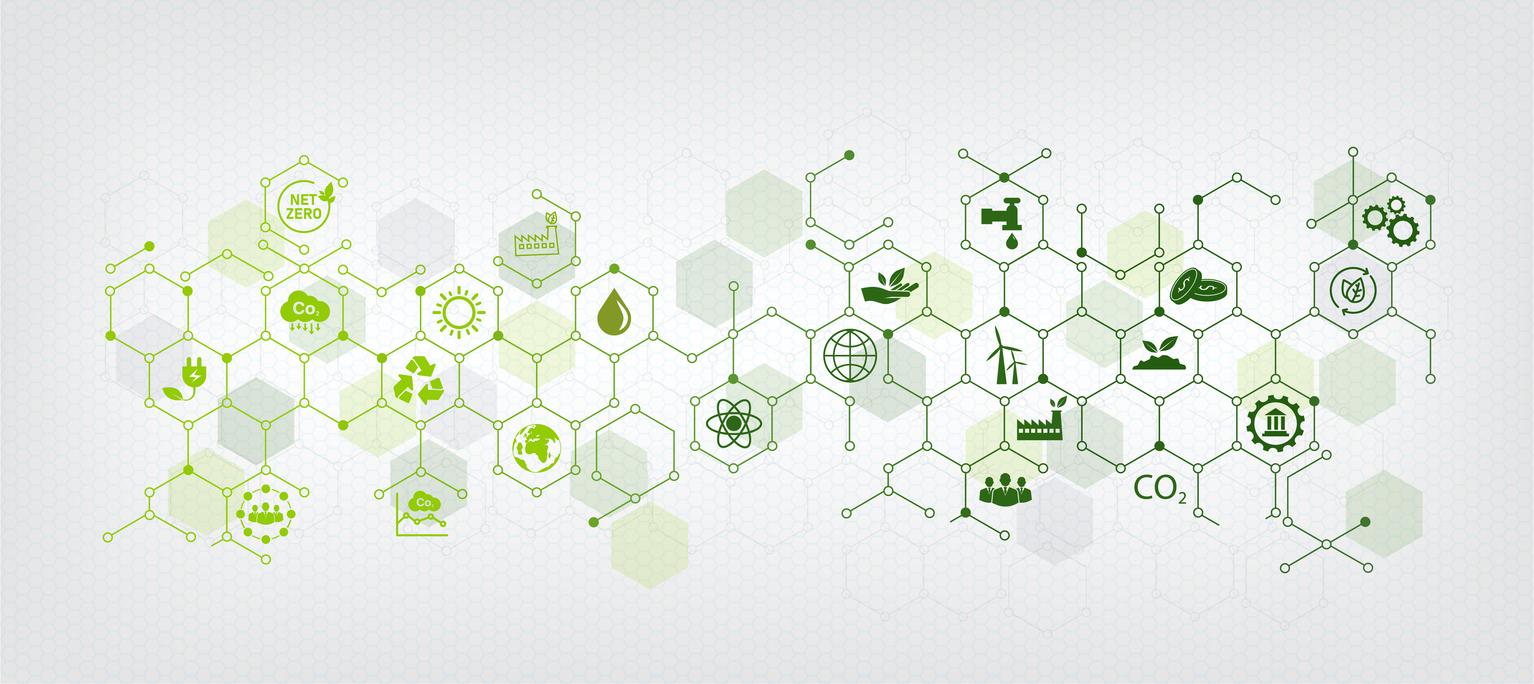In this special episode from BMO’s IN Tune Podcast, host Camilla Sutton is joined by Rachel Walsh to discuss The Voluntary Carbon Markets research report.
IN Tune features Equity Research analysts from BMO Capital Markets and explores key emerging themes, trends, and important issues to our institutional clients globally.
In this episode:
Why this market is currently in its “carpe diem” moment and has arrived at an important crossroad
While this market is slated for impressive growth, its potential is predicated on an ability to deliver high-integrity products
The certain nuanced aspects of the market, including differences with compliance and voluntary markets, credit-quality criteria, and the implication of Article 6 of the Paris Agreement
